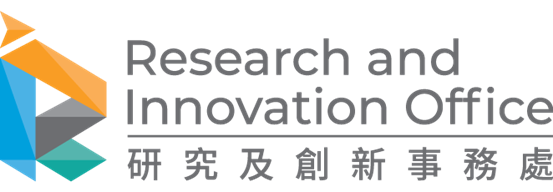The development of the low-carbon, environment-friendly, and energy-saving lighting technology is essential to address the current energy and environmental crisis. A PolyU’s research titled “Development of new stable, highly-efficient blue emissive materials that can be processed by the wet methods, and the associated large-area solid-state lighting technologies” led by Professor Raymond Wong, Dean of Faculty of Applied Science and Textiles, Clarea Au Professor in Energy, Chair Professor of Chemical Technology, Department of Applied Biology and Chemical Technology, is supported by the “National Key R&D Program – International Science and Technology Cooperation Project”, in which PolyU is the only one granted among the Hong Kong institutions in this round of the exercise.
White organic light-emitting diodes (WOLEDs) are a new generation of potential energy-saving lighting devices, with the advantages of surface emission, ultra-thin feature, and large area. However, compared with the industrialized inorganic light-emitting diode lighting source and fluorescent lamp, WOLEDs are still lagging behind in terms of device efficiency, fabrication cost, and lifespan of the device. It is noteworthy that the all-evaporated WOLEDs are complicated to fabricate and have low product yields which hinder their market value, while solution-processed WOLEDs with the advantages of high material utilization, energy efficiency, low manufacturing costs, and ease of large-area fabrication have become an effective approach.
To enhance the industrialization of solution-processed WOLEDs, there are three main key scientific issues to be addressed, including 1) The way how to reveal the structure-property relationship of blue emissive materials with new light emission mechanism; 2) the approach how to develop new molecular design strategies to prepare solution-processable, highly-efficient, stable blue emissive materials; and 3) the way how to realize large-area, high-performance WOLEDs through the reasonable device structure design and fabrication process.
This project will focus on the development of new stable, highly-efficient blue emissive materials that can be processed by the wet methods, and the associated large-area solid-state lighting technologies, including the design, synthesis and characterization of various blue light-emitting materials, with an aim to significantly promote the industrialization process of these technologies. Professor Wong said, “This project will provide our country with new intellectual property rights, patents, and key technologies in the field of large-area solid-state lighting, also contributing to the global concerns such as energy and environmental issues, with long-term significance.”



